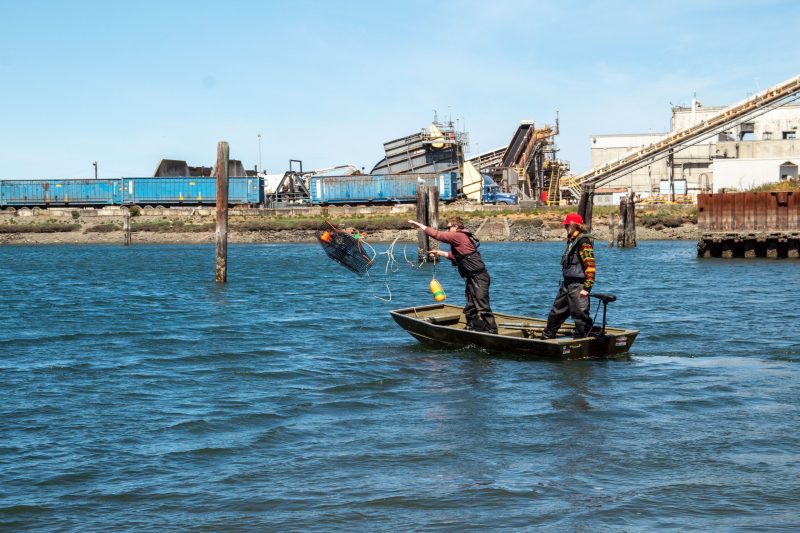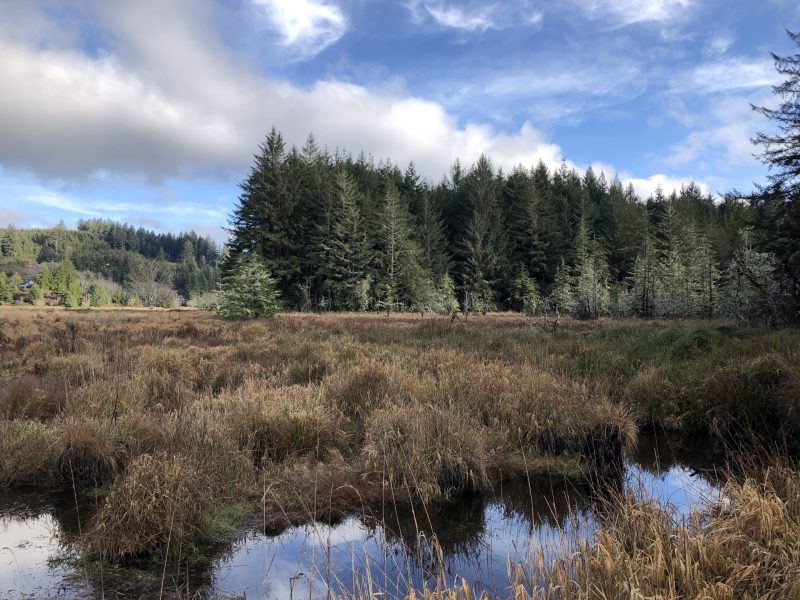Come learn about PMEP and other fish habitat partnerships around the country at the American Fisheries Society meeting in Honolulu. We’ll be participating in a symposium Tuesday highlighting the National Fish Habitat Partnership and multiple fish habitat partnerships. The session, Local, Regional, and National Collaboration to Conserve Aquatic Habitats, runs all day in room 307AB.

- August 14, 2024
- Joan Drinkwin
- Funding
- 0 comments
PMEP is proud to support the Lower Elwha Klallam Tribe’s Biological Assessment of the Ediz Hook Lagoon with funding from the National Fish Habitat Partnership. The Tribe will conduct field surveys to determine fish and shellfish use of a 28-acre estuarine lagoon at the base of Ediz Hook in Port Angeles, Washington. The project will provide an assessment of what species (fish and shellfish) are present in the lagoon, along with continuous water quality data to inform future restoration/clean-up activities.

- July 30, 2024
- Joan Drinkwin
- Announcement, Funding
- 0 comments
PMEP is thrilled to provide FY24 National Fish Habitat Partnership funding to the Midcoast Watersheds Council to complete the design of its Bayview Oxbow Tidal Restoration in Alsea Bay, Oregon. When constructed this project will restore tidal conditions to one half of an old oxbow of the Alsea River, restoring about 34% of the tidal wetlands that have been lost. It is one of the largest (75 acre) remaining restoration sites on the Alsea.

